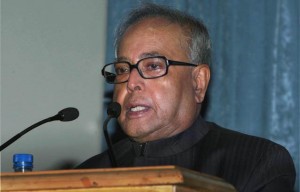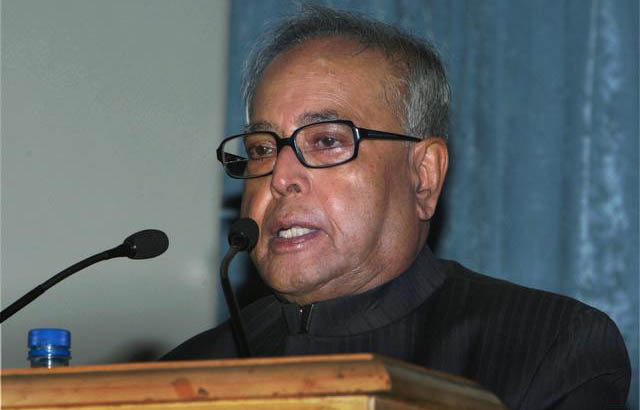 The Confederation of Real Estate Developers Association of India has said the Government could consider a scheme along the lines of the First-Time Home Buyer Tax Credit allowed in the US with the benefits going directly to the consumer.
The Confederation of Real Estate Developers Association of India has said the Government could consider a scheme along the lines of the First-Time Home Buyer Tax Credit allowed in the US with the benefits going directly to the consumer.
CREDAI has suggested that a personal tax deduction of about 10 per cent be allowed on the cost of a dwelling unit with a total deduction cap of Rs 5 lakh a year. Deduction of Rs 1 lakh allowed on the principal repayment in housing loans under Section 80 C may be hiked by about Rs 2 lakh, says CREDAI.
To augment supply of rental housing, CREDAI suggests that income from rental housing be taxed at a flat rate of 10 per cent and the deduction allowed in rental income be hiked to 50 per cent from the present 30 per cent, with women and senior citizens allowed full deduction.
Pranab Datta, Vice-Chairman and Managing Director, Knight Frank India, said in press release, “last budget had a clear thrust on infrastructure development, which should continue to be a focus area.”
Rising urbanisation calls for a corresponding initiative of developing new cities, which are nowhere a replica of the crowded cities of today.
Policy initiatives that address infrastructure constraints in existing cities and serve as a model for new cities will relieve the burdened metro and Tier I cities. It is therefore essential to formulate budgetary policies with a vision and a plan for next 10-15 years to cope with the demand for increasing urbanisation.
Integrated townships and urban centres should be built along the regions of planned industrial and commercial activities. These will support residential development and emerge as new centres for growth. The Delhi Mumbai Industrial Corridor (DMIC) and the proposed integrated townships along the way are an example.





